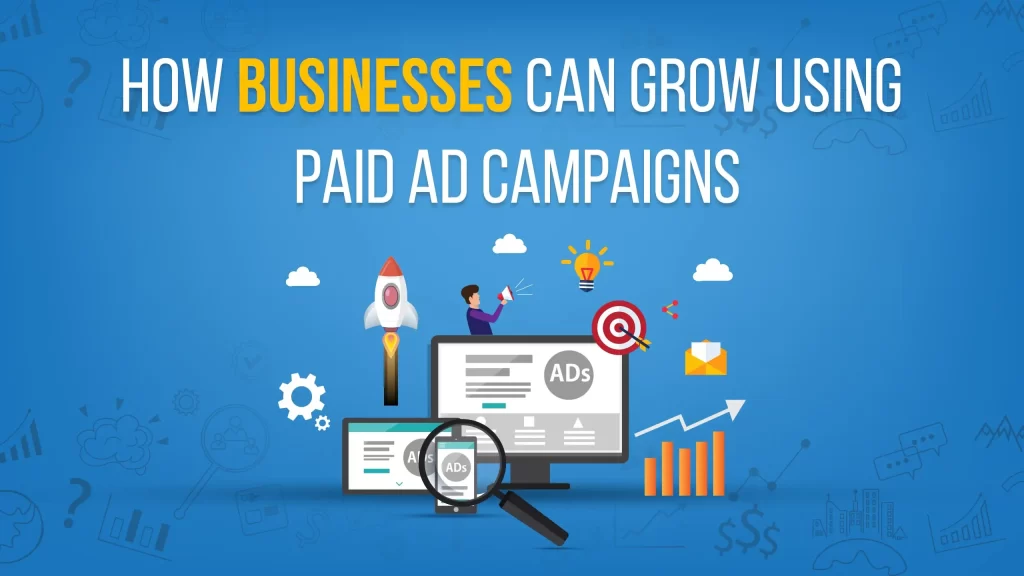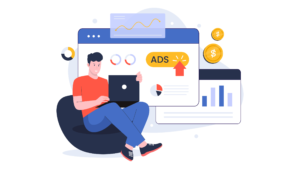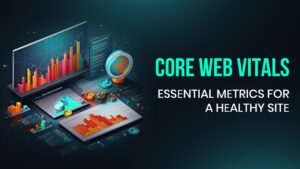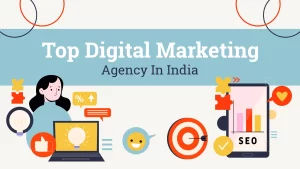In the ever-evolving digital era, where online presence is paramount, businesses are constantly seeking ways to expand their reach, attract new customers, and boost revenue. One powerful tool that has proven to be a game-changer is the use of Paid Ad Campaigns. These campaigns, when executed strategically, can drive targeted traffic, enhance brand visibility, and ultimately contribute to substantial business growth.
Understanding the Landscape (Paid Ad Campaigns)
Paid Ad Campaigns operate within the realm of online advertising, where businesses pay to display their advertisements to a specific audience. These campaigns can take various forms, including pay-per-click (PPC) ads, display ads, social media ads, and more. The key lies in understanding the dynamics of each platform and tailoring campaigns to align with business goals.
Targeted Reach and Engagement
One of the primary advantages of Paid Ad Campaigns is the ability to reach a highly targeted audience. Through platforms like Google Ads and social media channels, businesses can define their audience based on demographics, interests, and online behavior. This precision targeting ensures that ads are shown to individuals who are more likely to be interested in the products or services offered, increasing the chances of conversion.
Moreover, Paid Ad Campaigns enable businesses to engage with potential customers at different stages of the sales funnel. From creating awareness to driving consideration and prompting action, these campaigns can be tailored to meet specific objectives.
Maximizing Return on Investment (ROI)
A well-structured Paid Ad Campaign can yield a significant return on investment when managed effectively. By monitoring key metrics such as click-through rates, conversion rates, and cost per acquisition, businesses can assess the performance of their campaigns and make data-driven adjustments to enhance results.
Additionally, platforms often provide tools for A/B testing, allowing businesses to experiment with different ad creatives, copy, and targeting options. This iterative process enables marketers to identify the most effective elements and refine their campaigns for optimal performance.
Choosing the Right Platforms
Selecting the most suitable platforms for Paid Ad Campaigns is crucial for success. Google Ads remains a dominant force, especially for businesses targeting users actively searching for products or services. Social media platforms like Facebook, Instagram, and LinkedIn are ideal for creating brand awareness and engaging with a broader audience.
Understanding the unique strengths of each platform and aligning them with business objectives ensures a diversified and effective approach. A multi-channel strategy can maximize exposure and increase the likelihood of reaching potential customers across various touchpoints.
Crafting Compelling Ad Creatives
The visual and textual components of an ad play a pivotal role in capturing audience attention. Compelling ad creatives should not only be visually appealing but also convey a clear and persuasive message. A well-crafted headline, concise yet impactful copy, and high-quality imagery or graphics can significantly enhance the effectiveness of an ad.
Businesses should focus on creating ads that resonate with their target audience and evoke a response. Incorporating elements such as customer testimonials, limited-time offers, and unique selling propositions can make ads stand out in a crowded digital space.
Utilizing Retargeting Strategies
Retargeting, also known as remarketing, involves showing ads to users who have previously interacted with a business’s website or digital content. This strategic approach keeps the brand in front of potential customers, reinforcing the message and encouraging them to complete a desired action.
Retargeting is a powerful tool for nurturing leads and addressing abandoned shopping carts. By tailoring ads based on users’ past interactions, businesses can rekindle interest and guide prospects toward conversion. This personalized approach often results in higher conversion rates compared to targeting a cold audience.
Budgeting and Monitoring
Effective budgeting is a critical aspect of Paid Ad Campaigns. Businesses need to allocate resources based on their goals, the competitiveness of their industry, and the platforms they choose. It’s essential to strike a balance between a reasonable budget and the potential return on investment.
Regular monitoring and analysis are key to identifying trends, optimizing performance, and making informed decisions. Continuous assessment allows businesses to reallocate budget to high-performing campaigns, tweak targeting parameters, and refine ad creatives to stay ahead of the competition.
Staying Adaptable in a Dynamic Landscape
The digital landscape is ever-changing, with platforms introducing new features and algorithms regularly. Businesses that stay adaptable and embrace innovation are better positioned to capitalize on emerging opportunities. Keeping abreast of industry trends, consumer behavior, and technological advancements ensures that Paid Ad Campaigns remain effective and aligned with broader business strategies.
Conclusion
Paid Ad Campaigns have become an indispensable tool for businesses seeking sustainable growth in the digital age. The ability to reach a targeted audience, maximize ROI, and adapt to changing dynamics makes paid advertising a strategic imperative. By investing time in understanding the nuances of different platforms, crafting compelling creatives, and employing data-driven strategies, businesses can unlock the full potential of Paid Ad Campaigns and propel their growth to new heights in the competitive online landscape.










